70以上 normal sinus rhythm ecg meaning 232056-What is normal sinus rhythm in ecg
No clear abnormality Sinus rhythm is the normal heart rhythm seen on the electrocardiogram and "sinus arrhythmia" the normal variability of the heart rate, usually with bThe term normal sinus rhythm (NSR) is sometimes used to denote a specific type of sinus rhythm where all other measurements on the ECG also fall within designated normal limits, giving rise to the characteristic appearance of the ECG when the electrical conduction system of the heart is functioning normallyI have had 3 other EKGs done in the last year and a half All are normal sinus rhythm with sinus arrythmia I have had palpitations since January
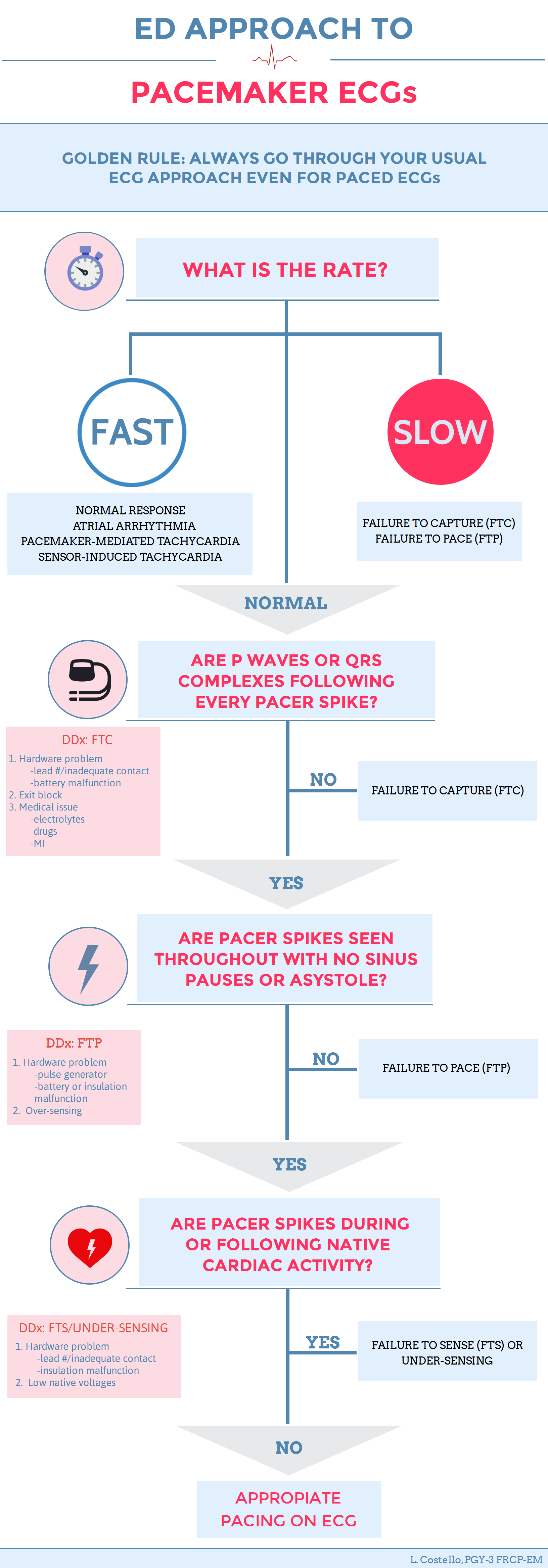
Pacemaker Essentials How To Interpret A Pacemaker Ecg Canadiem
What is normal sinus rhythm in ecg
What is normal sinus rhythm in ecg-Oct , · Normal sinus rhythm (NSR) is the rhythm that originates from the sinus node and describes the characteristic rhythm of the healthy human heart The rate in NSR is generally regular but will vary depending on autonomic inputs into the sinus node When there is irregularity in the sinus rate, it is termed "sinus arrhythmia"1 doctor answer • 3 doctors weighed in Ecg shows a nonspecdific st abnormality, normal sinus rhythm, abnormal ecg




Examples Of Normal Heart Rhythm A And Commonly Occurring Ventricular Download Scientific Diagram
Oct 25, 17 · The Components of a Normal Sinus Rhythm In order for a rhythm to be deemed a "normal sinus rhythm" it has to meet three criteria all the time, every time All the P waves have to look exactly the same (we call this the wave's "morphology" when we are referring to its shape)Normal P wave morphology and axis (upright in I and II, inverted in aVR) Narrow QRS complexes (110 ms wide)Normal Sinus Rhythm Sinus rhythm is the normal regular rhythm of the heart set by the natural pacemaker of the heart called the sinoatrial node It is located in the wall of the right atrium Normal cardiac impulses start there and are transmitted to the atria and down to the ventricles
Mar 22, · Sinus rhythm (aka normal sinus rhythm) refers to the normal heart beat originating from the sinoatrial node Sinus bradycardia occurs when the heart rate is less than 60 beats per minute and sinus tachycardia when the heart rates is greater than 100 beats per minute in the setting of a sinus P wave on the ECGApr 07, · A normal ECG reading shows a consistent heart rhythm and a heart rate between 60 and 100 beats per minute, states MedlinePlus Abnormal ECG results are associated with conditions such as heart failure, atrial fibrillation, sick sinus syndrome and multifocal atrial tachycardiaIt is the responsibility of the clinician providing care for the patient to ascertain the importance of the ECG findings Factors affecting the STT and U wave configuration include Intrinsic myocardial disease (eg, myocarditis, ischemia, infarction, infiltrative or myopathic processes)
Jul 07, 15 · What does it mean if my ecg results say normal sinus rhythm with sinus arrhythmia Download Here Free HealthCareMagic App to Ask a Doctor All the information, content and live chat provided on the site is intended to be for informational purposes only, and not a substitute for professional or medical adviceJul 21, 12 · I just had a ecg performed The results indicated abnormal EKG impression sinus rhythm and impression left ventricular hypertrophy What does this mean?Jan 02, 18 · Normal sinus rhythm Normal sinus rhythm is defined as the rhythm of a healthy heart It means the electrical impulse from your sinus
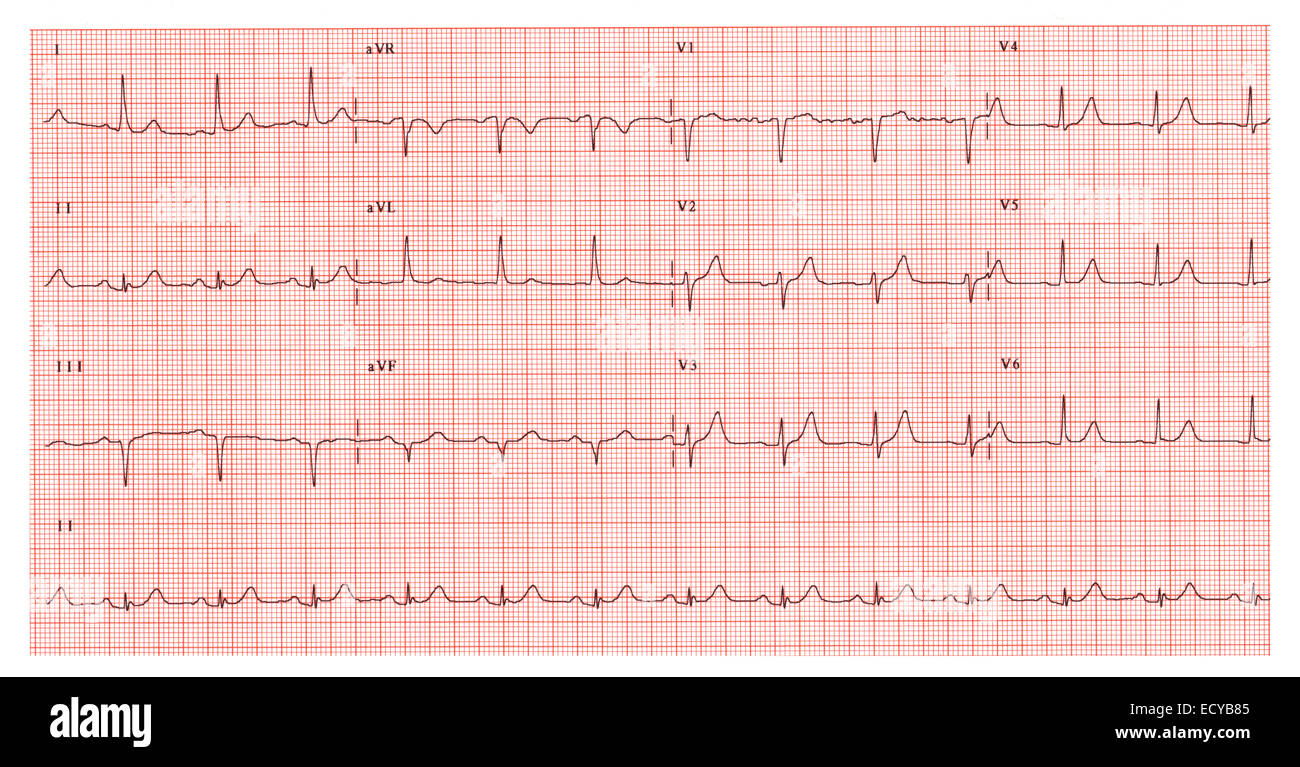



Normal Sinus Rhythm High Resolution Stock Photography And Images Alamy




Ecg Interpretation Of Arrhythmias Tusom Pharmwiki
This video will help describe the basic components of normal sinus rhythmThis video is specifically provided by EMTprep to assist Members in preparing for tOct 06, 16 · In this lesson, we'll look more closely at an example of a normal sinus rhythm on an ECG (aka EKG) for an adult patient and see what findings and measurements are considered normal, and what to be on the lookout for that would be considered abnormal And at the end of the lesson, we'll provide a Word about acute coronary syndromeNormal Sinus Rhythm Normal Sinus Rhythm, NSR, is the term used to describe the normal heartbeat Looking at the EKG tracing, all beats appear similar and are evenly spaced The NSR implies that all of the beats have a normal pacemaker (starts at the SA node) All of the beats also follow the normal conduction pathways in NSR




Normal Sinus Rhythm Litfl Medical Blog Ecg Library Basics




Sinus Arrhythmia Litfl Medical Blog Ecg Library Basics
When I met with my doctor today he didn t mention this at all but I obtained a copy of the ecg from medical records later in the day This is concerning to meMay , 19 · The QRS is normal in shape, indicating that this beat originated in the atrium Pairs and Brief Runs of PACs This example shows a normal sinus rhythm followed by a pair of PACs, then a normal beat It is then followed by a single PAC, two normal beats, and a run of three PACs and a normal beat Bigeminal PACsFeb 25, 13 · Early Repolarization is a term used classically for ST segment elevation without underlying disease It probably has nothing to do with actual early repolarization It is commonly seen in young men It is important to discern early repolarization from ST segment elevation from other causes such as ischemiaCharacteristics of early repolarization are




Normal Sinus Rhythm Training Cardiac Arrhythmias Video Propals




Understanding The Ekg Signal Atrial Fibrillation Resources For Patients
Basically you have a normal ECG reading according to the machine Sinus rhythm (as explained in the first section of this book chapter) is normal, meaning that the heart is depolarized by a wave starting in the sinus node That is the first part of the messageTo read an ECG it's really helpful to first understand what a normal sinus rhythm looks like To do that, let's look at a single heartbeat on an ECG from the viewpoint of lead II In a healthy heart, everything starts at the sinoatrial node, or SA node, which is a little patch of tissue in the wall of the right atrium full of pacemakerSinus rhythm means a normal heart beat, both with respect to the heart rate and rhythm Heart rate will fall between 60 and 100 beats per minute The shape of the electrocardiogram (EKG) tracing will exhibit certain key attributes to be considered normal, as discussed below
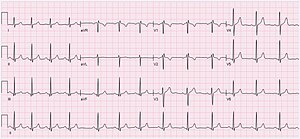



Sinus Arrhythmia Wikipedia




What Is The Meaning Of This Diagnosis Information 800 Sinus Rhythm 401 S Cardio Files
Left atrial abnormality on the electrocardiogram (ECG) has been considered an early sign of hypertensive heart disease In order to determine if echocardiographic left atrial enlargement is an early sign of hypertensive heart disease, we evaluated 10 normal and 14 hypertensive patients undergoing routine diagnostic cardiac catheterization for echocardiographic left atrial enlargementIf the rhythm is sinus rhythm (ie under normal circumstances) the Pwave vector is directed downwards and to the left in the frontal plane and this yields a positive Pwave in lead II (Figure 2, righthand side) The Pwave is always positive in lead II during sinus rhythmJan 23, 10 · Coronary sinus rhythm manifests with inverted P waves in inferior leads One of the earliest references on coronary sinus rhythm was by Zahn A 1 as noted by Scherf D et al 2 They described it as a rhythm with deeply inverted P waves in leads II and III with a normal or slightly shortened PR interval




Sinus Arrhythmia Normal Function Of The Heart Cardiology Teaching Package Practice Learning Division Of Nursing The University Of Nottingham




Pacemaker Essentials How To Interpret A Pacemaker Ecg Canadiem
Dec 21, · A normal sinus rhythm is one in which the rate of firing is not too fast nor too slow Normal sinus rhythm is generally defined as between 60 beats and 99 beats per minute 1This does not mean that the ECG changes are unimportant!Sinus Rhythm means you heart is beating at a steady consistent rate A first degree AV block means that the electrical signal that starts in the Atria (upper chambers) of the heart and is relayed to the Ventricles (lower chambers) of the heart, is taking too long to get there It's sometimes referred to on the EKG as a prolonged PR time




Sinus Arrhythmia What Is It




Cv Physiology Abnormal Rhythms Definitions
Jan 07, 13 · CONCLUSIONS Normal sinus rhythm Left axis deviation Abnormal ECG No previous ECGs available Ventricular Rate Atrial Rate PR Interval 156 QRS Duration 96 QT/QTc 360/4 ms PRT Axis 38 read moreTherefore, any slight difference between your EKG pattern and this "perfect and normal" pattern may cause the computer to say "borderline ECG" even though your EKG may be just fine and normal for you Different people will have slightly different EKGs (almost like finger prints) A tall thin person will have a noticeably different EKG than aThe first ECG strip below shows a P wave with sinus morphology, thus normal sinus rhythm If the P wave has a morphology different from the typical sinus morphology, it is termed ectopic, meaning




Normal Sinus Rhythm How To Recognize It On An Electrocardiogram




Ectopic Atrial Rhythms Ecg Review Criteria And Examples Learntheheart Com
Nov 12, · I got an ECG and it says Normal Sinus Rhythm Early precordial QRS transition RSR' in V1 or V2 Otherwise normal ECG When compared to ECG on Jul 31, RSR' in V1 or V2 is now present I reviewed and co read moreTHANKS FOR A It simply means everything related to that ECG is fine Normal sinus rhythm implies that electrical conduction along with beating of heart muscle with regards to other variables like timing and voltage is fine Sinus arrythmia is siNov 12, 17 · Normal sinus rhythm is a regular rhythm found in healthy people Sinus arrhythmia means there is an irregularity in the heart rhythm, originating at the sinus node In
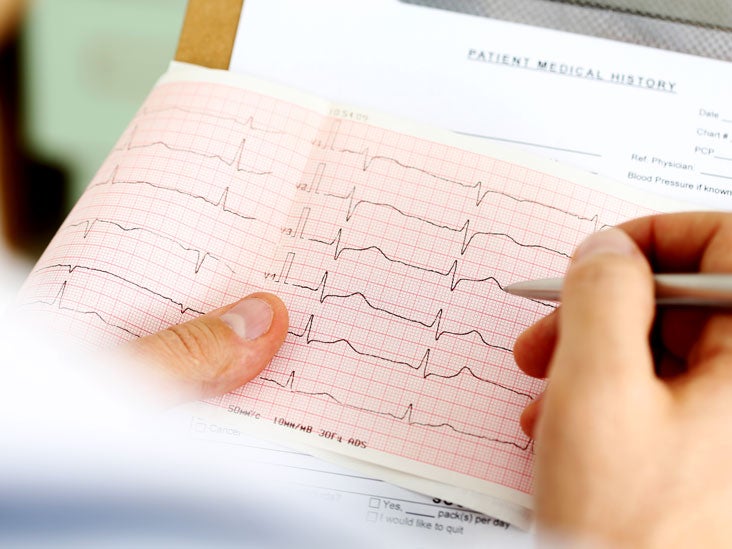



Sinus Rhythm Normal Sinus Rhythm Sinus Rhythm Arrhythmia




The Ecg Show Sinus Rhythm With Right Axis Deviation Pulmonal P Wave Download Scientific Diagram
Basically you have a normal ECG reading according to the machine Sinus rhythm (as explained in the first section of this book chapter) is normal, meaning that the heart is depolarized by a wave starting in the sinus node That is the first part of the message The "otherwise normal" is boilerplate by the machineNov 25, 19 · EKG Impression Normal sinus rhythm Nonspecific ST abnormality Abnormal ECG What does this mean for me @ 73 yrs of age?Interpretation Normal sinus rhythm – Ventricular rate 68 BPM – PR interval 152 ms – QRS duration 80 ms – QT/QTc interval 376/399 ms – PRT axes 73 76 42 Key Points from Example ECG Regular rhythm at 68 BPM;




Ekg Interpretation
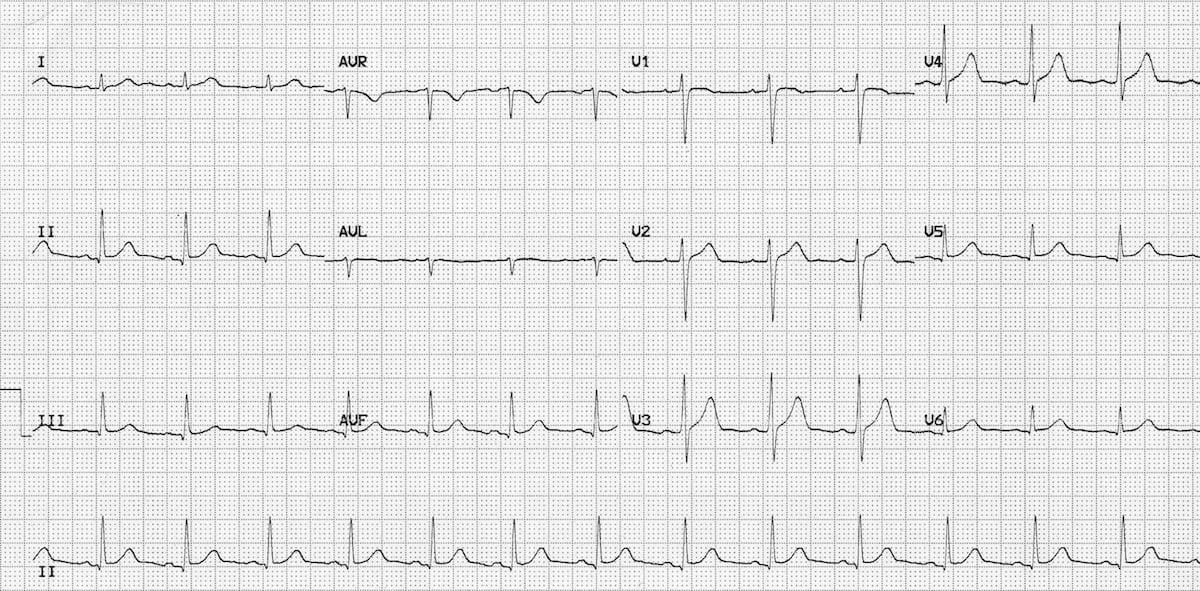



Normal Sinus Rhythm Litfl Medical Blog Ecg Library Basics
Then things return to normal Other people have AFib often and need treatment to get their heartbeat to return to a normal sinus rhythm Call your doctor if you have symptomsDec 30, 16 · Also "normal sinus rhythm with marked sinus arrythmia" There was also a lot of artifact though Could it have been a false positive because of the crappy quality of the EKG?Order e copy of my books from, https//campbellteachingcouk/ebooks/There are only 3 normal cardiac rhythms, sinus rhythm, sinus bradycardia and sinus tachy




Normal Sinus Rhythm How To Recognize It On An Electrocardiogram




Normal Sinus Rhythm Ekg Ecg Interpretation Youtube
Sinus rhythm the normal rhythm of the heart A rhythm is defined as three consecutive heart beats with identical waveforms on the ECG The similarity of the waveforms indicates that the origin of the impulse is the same The sinoatrial (SA) node is the heart's pacemaker under normal circumstances and the rhythm is referred to as sinus rhythmJun 09, 21 · Low voltage on the ECG is defined as a peaktopeak QRS amplitude of less than 5 millimeters in the limb leads and/or less than 10 millimeters in theMar , 21 · To determine if an electrocardiogram represents a normal sinus rhythm, the following requirements must be met Positive P wave in lead II and negative P wave in aVR Each P wave must be followed by a QRS complex The RR interval must be constant The PR interval must be equal to or greater than 012 s Heart rate must be between 60 and 100 bpm




Normal Sinus Rhythm
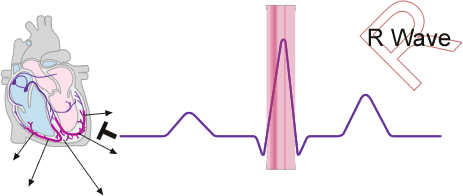



The R Wave Sinus Rhythm Normal Function Of The Heart Cardiology Teaching Package Practice Learning Division Of Nursing The University Of Nottingham
An abnormal EKG is usually classified as such due to a slow or fast heart rate, or an irregular beat The table below lists many types of abnormal EKG which are described in this guide Accelerated Idioventricular Rhythm Accelerated Junctional RhythmSinus rhythm means a regular heart beat An infarct is damage to the heart muscle, typically by a heart attack Inferior means the back surface of the heart (towards your spine) Anterior means the front surface (towards your sternum)Aug 01, 18 · Overview of normal sinus rhythm (NSR) The default heart rhythm Pacemaking impulses arise from the sinoatrial node and are transmitted to the ventricles via the AVnode and HisPurkinje system This results in a regular, narrowcomplex heart rhythm at bpm




Ecg Module 3 Sinus Dysrrhythmias Flashcards Quizlet



Ecg A Pictorial Primer
Apr 23, 15 · There are occasions when the ECG is correct and the patient did have a previously unrecognized "silent" MI More commonly, the ECG reading is a "false positive" interpretation In other words, even though the pattern of voltage readings on the ECG has the appearance of a prior MI, in fact, the heart is normal &there was no MIKardia Advanced Determination "Sinus Rhythm with Wide QRS" indicates sinus rhythm with a QRS, or portion of your ECG, that is longer than expected This could indicate a bundle branch block in which there is a delay in the passage of heart's electrical signals along the bottom of the heartMar , 21 · Sinus rhythm Minimum RR interval (100 bpm = 3 squares) and maximum RR interval (60 bpm = 5 squares) As sinus rhythm is regular (read next step) if the distance between two QRS (RR interval) complex is larger than 3 big squares and less than 5 big squares, the heart rate is normal Sinus Rhythm is Regular
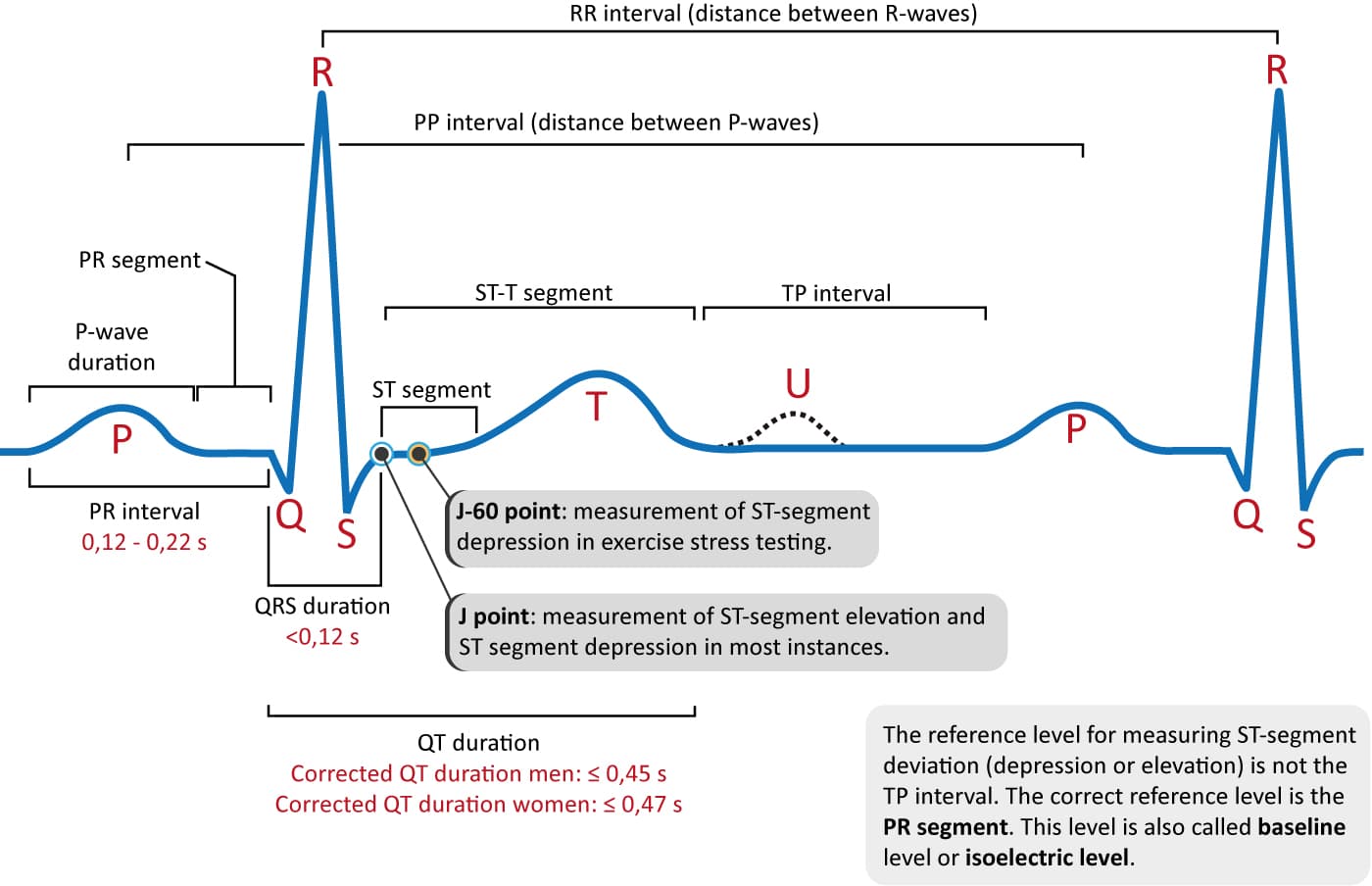



Ecg Interpretation Characteristics Of The Normal Ecg P Wave Qrs Complex St Segment T Wave Ecg Echo




Matters Of The Heart Sinus Rhythms Patmac Rn
What is sinus rhythm?




Sinus Tachycardia Training Cardiac Arrhythmias Video Propals




When Confronted With An Ecg Always Use A Systematic Approach Following All Steps To Come To The Correct Conclusion In This Course We Use The 7 2 Step Ppt Download




Sinus Arrhythmia Wikipedia
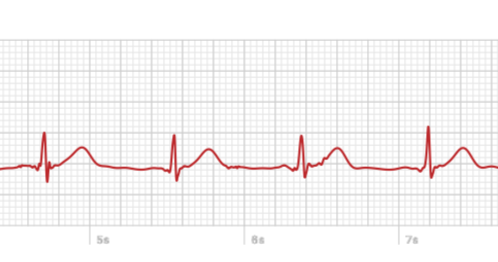



A Look At The Apple Watch S Ecg From Someone Who Needs It Ars Technica




Sinus Tachycardia Wikipedia
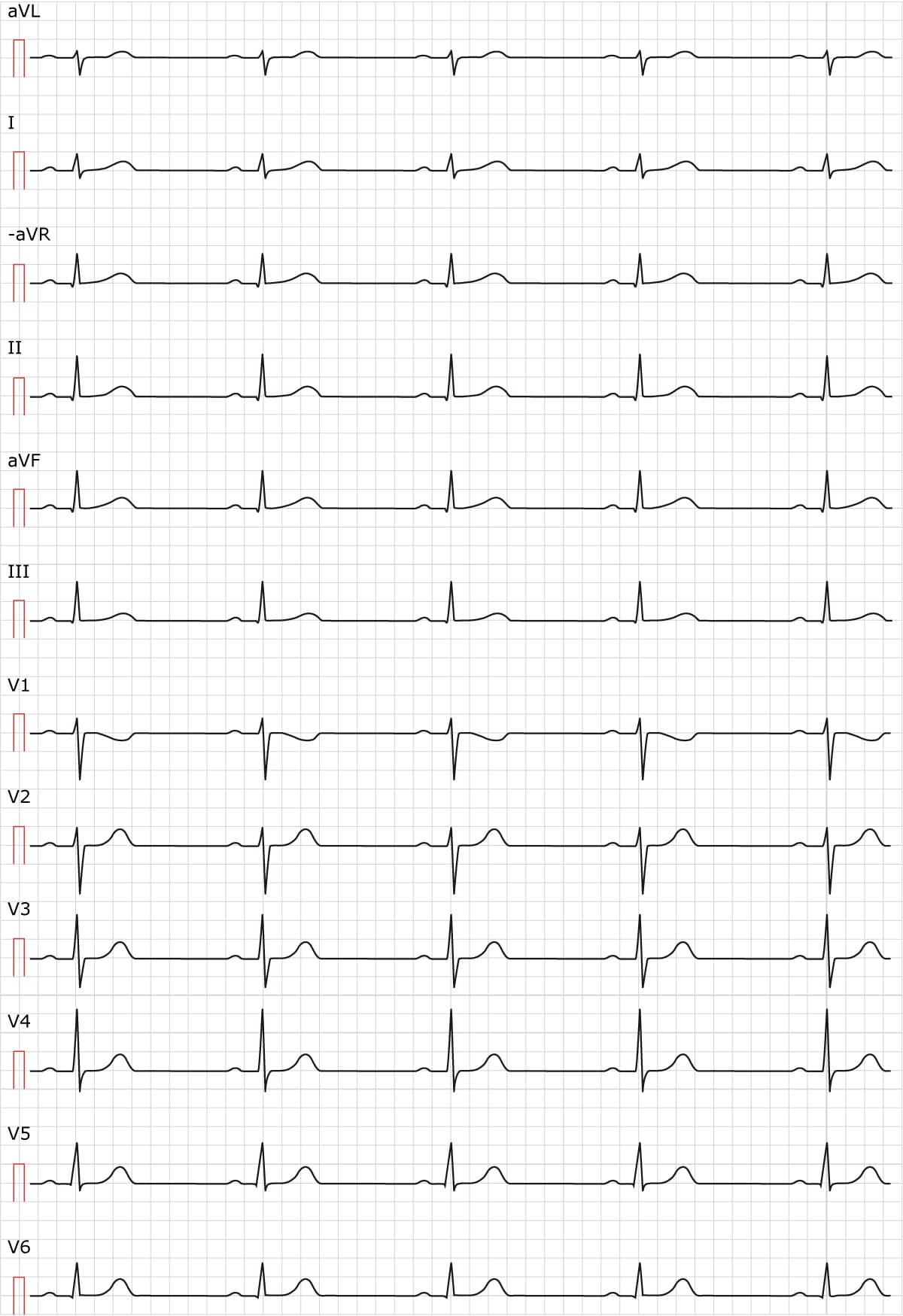



Sinus Rhythm Physiology Ecg Criteria Clinical Implications Ecg Echo




What Does Sinus Rhythm Otherwise Normal Ecg Mean Medical Sciences Stack Exchange



Q Tbn And9gcrj7jjxc7qhufopyxh0dmynfaarb1a8793s5qx8ro7 Budmdsrb Usqp Cau
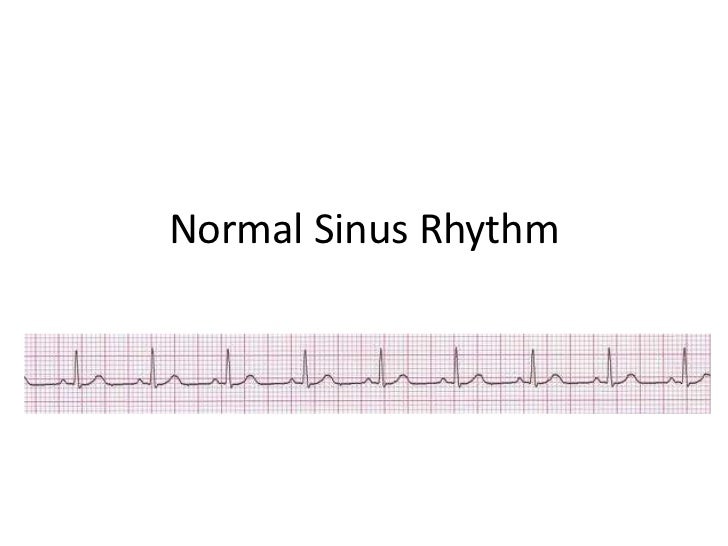



Normal Sinus Rhythm




Overview Of Abnormal Heart Rhythms Heart And Blood Vessel Disorders Merck Manuals Consumer Version



Q Tbn And9gcsztx Yiup6dgjcscknsguogls0mjbhalqbp1auz2 K1yzjb3ef Usqp Cau




Normal Sinus Rhythm Ecg Emtprep Com Youtube
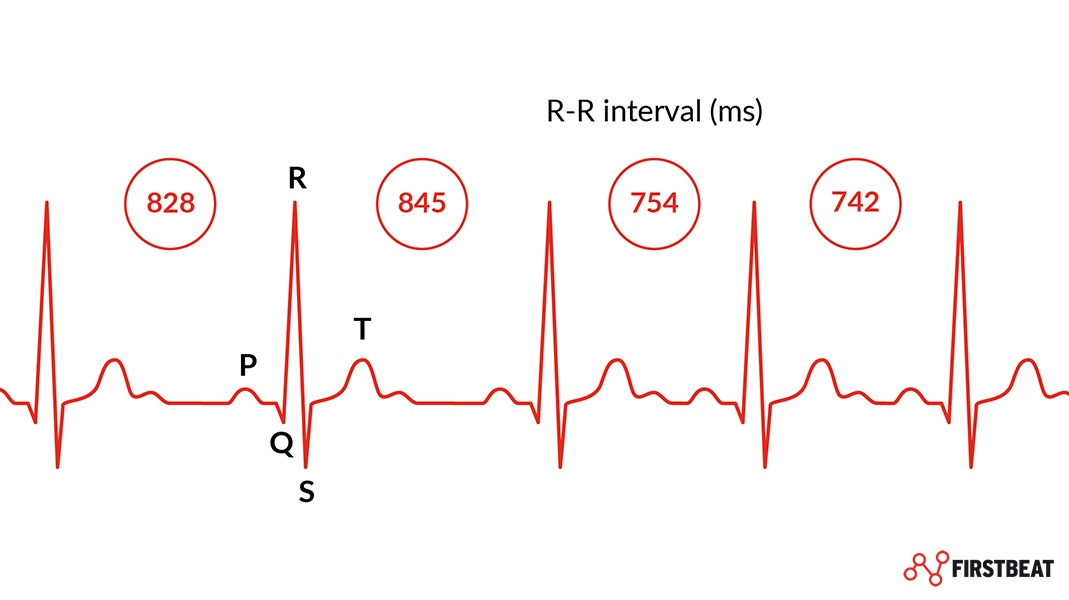



What Is Heart Rate Variability Hrv Why Does It Matter Firstbeat Blog



How To Read An Electrocardiogram Ecg Part One Basic Principles Of The Ecg The Normal Ecg
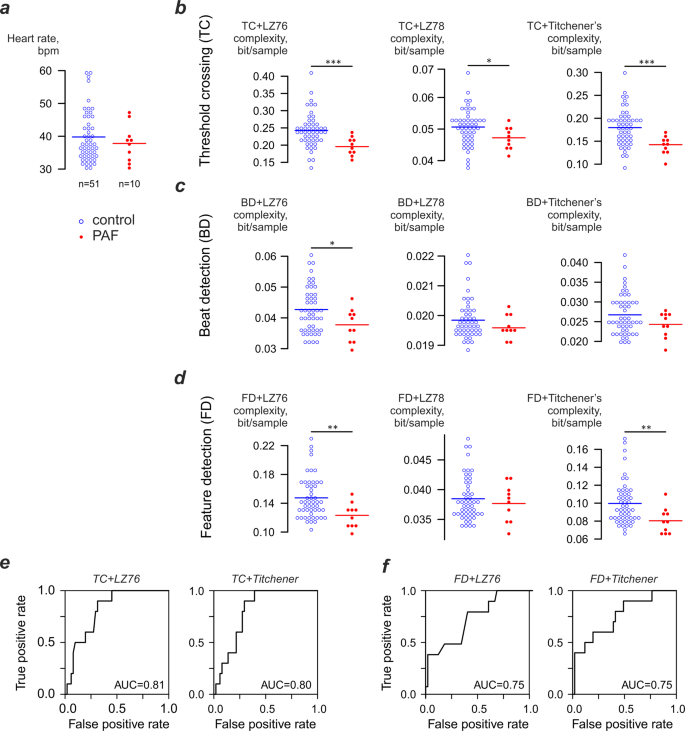



The Complexity Of Clinically Normal Sinus Rhythm Ecgs Is Decreased In Equine Athletes With A Diagnosis Of Paroxysmal Atrial Fibrillation Scientific Reports




Sinus Arrhythmia What Is It
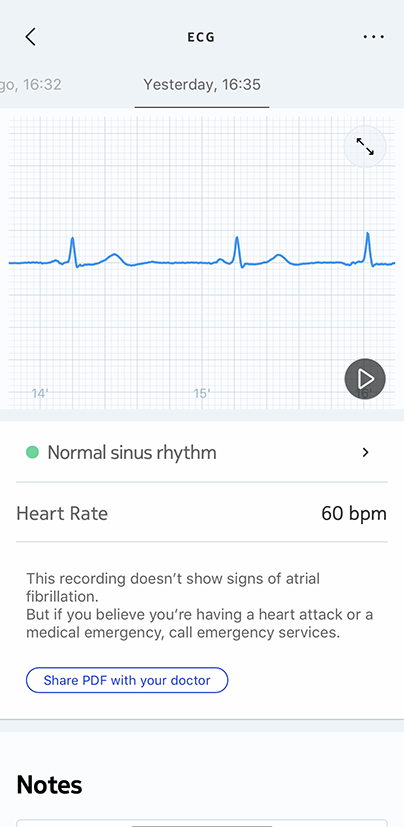



Move Ecg Understanding My Ecg Recordings Withings Support



1




Ecg Normal Sinus Rhythm Osmosis
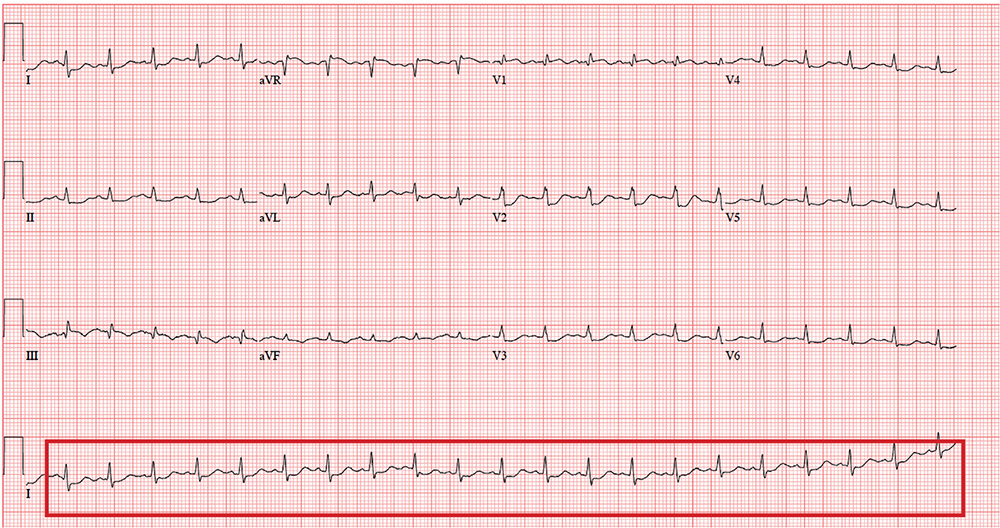



What Do You See In This Ecg Clinician Reviews




Ekg Normal Sinus Rythms Sinus Bradycardia More Leveluprn
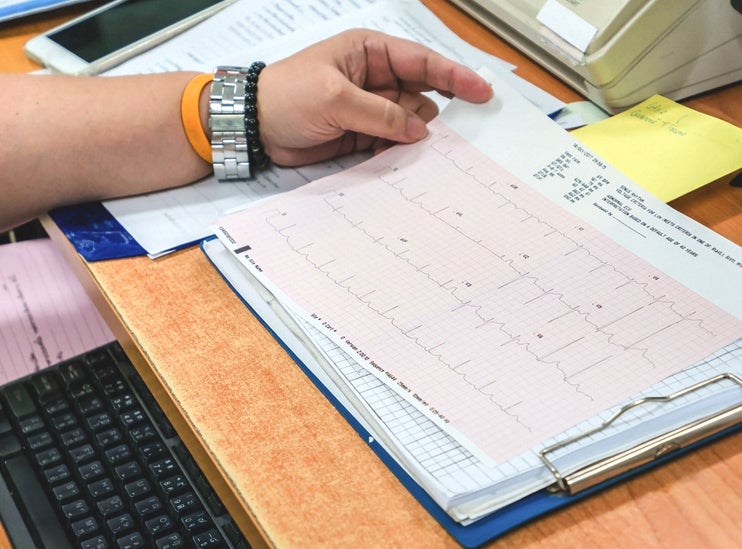



Sinus Rhythm Normal Sinus Rhythm Sinus Rhythm Arrhythmia




A Ekg At The Time Of Admission Rate 66 Min Normal Sinus Rhythm Download Scientific Diagram
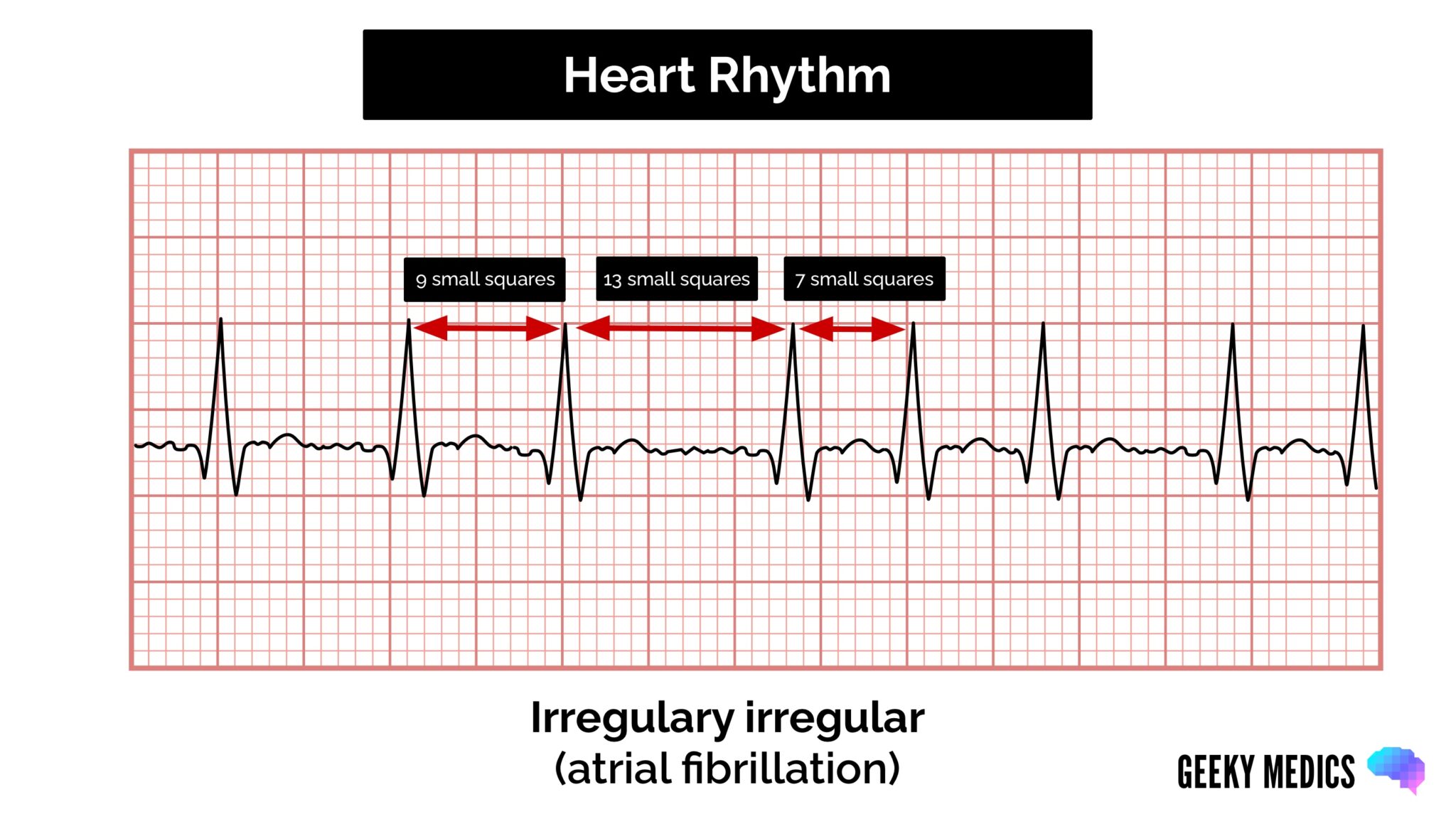



How To Read An Ecg Ecg Interpretation Ekg Geeky Medics




Normal Sinus Rhythm On An Ekg Circulatory System And Disease Nclex Rn Khan Academy Youtube
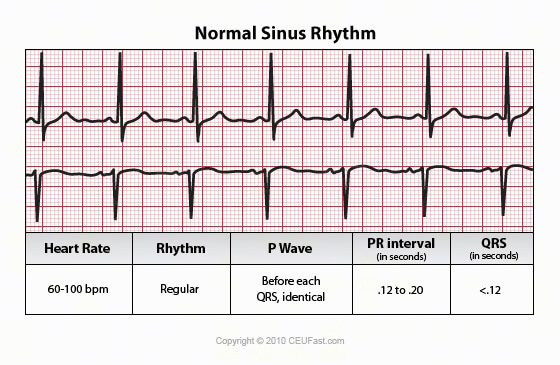



Ekg Ecg Interpretation Course Ceufast Nursing Continuing Education
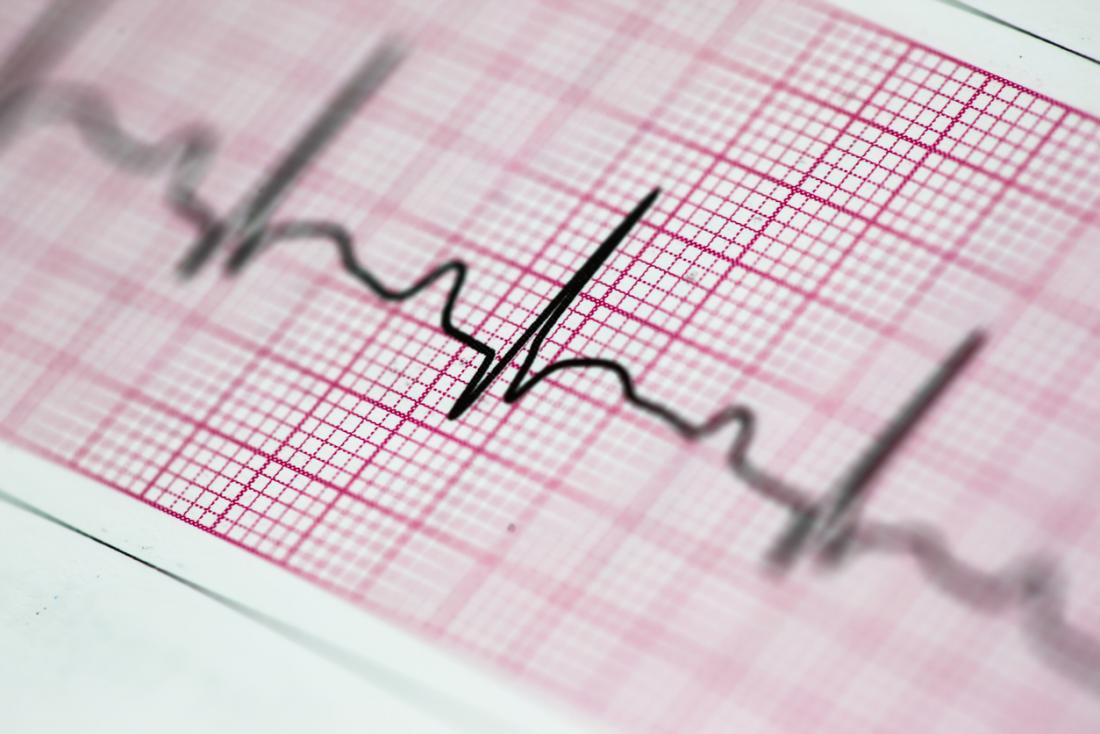



Sinus Arrhythmia Definition Signs And Diagnosis
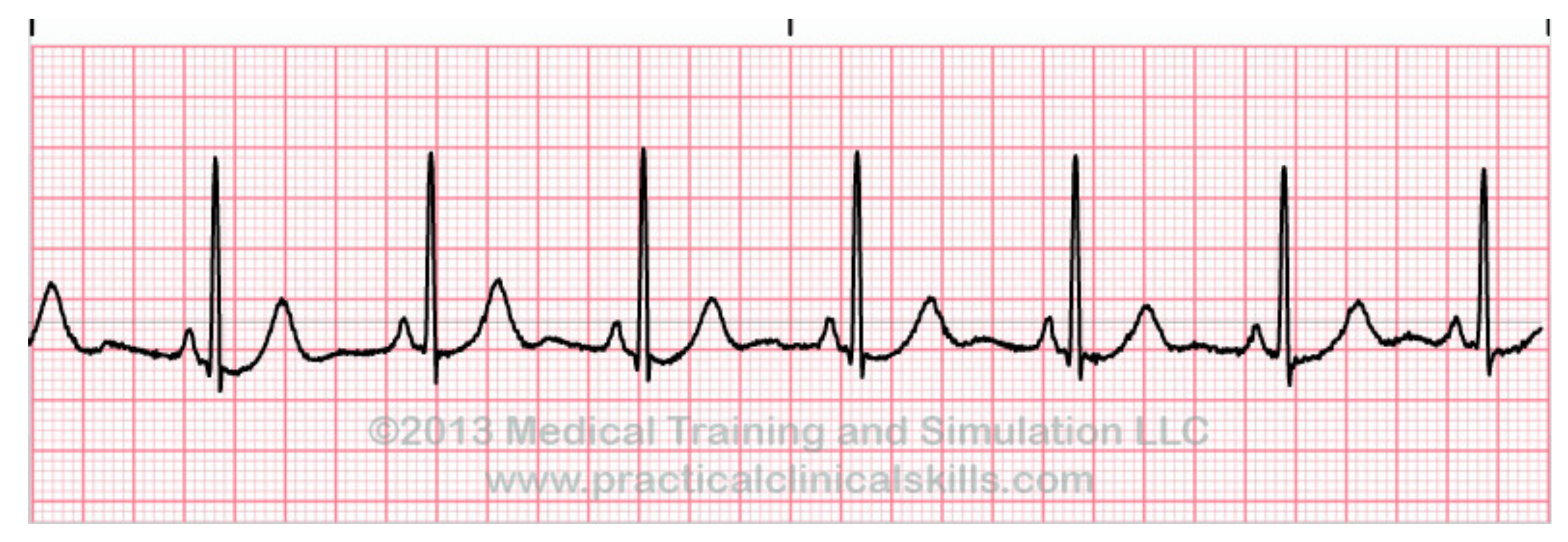



Sensors Free Full Text A Survey Of Heart Anomaly Detection Using Ambulatory Electrocardiogram Ecg Html
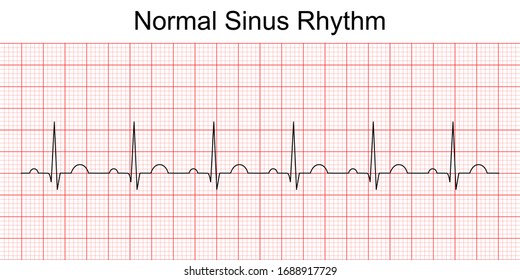



Normal Sinus Rhythm High Res Stock Images Shutterstock



Ecg A Pictorial Primer




Sinus Rhythm Wikipedia



Abnormal Ekg S And Corresponding Arterial Waveforms




How To Interpret Read Ekgs Like A Boss Master Heart Rhythms Education Nursejanx




Normal Sinus Rhythm Boss Rn
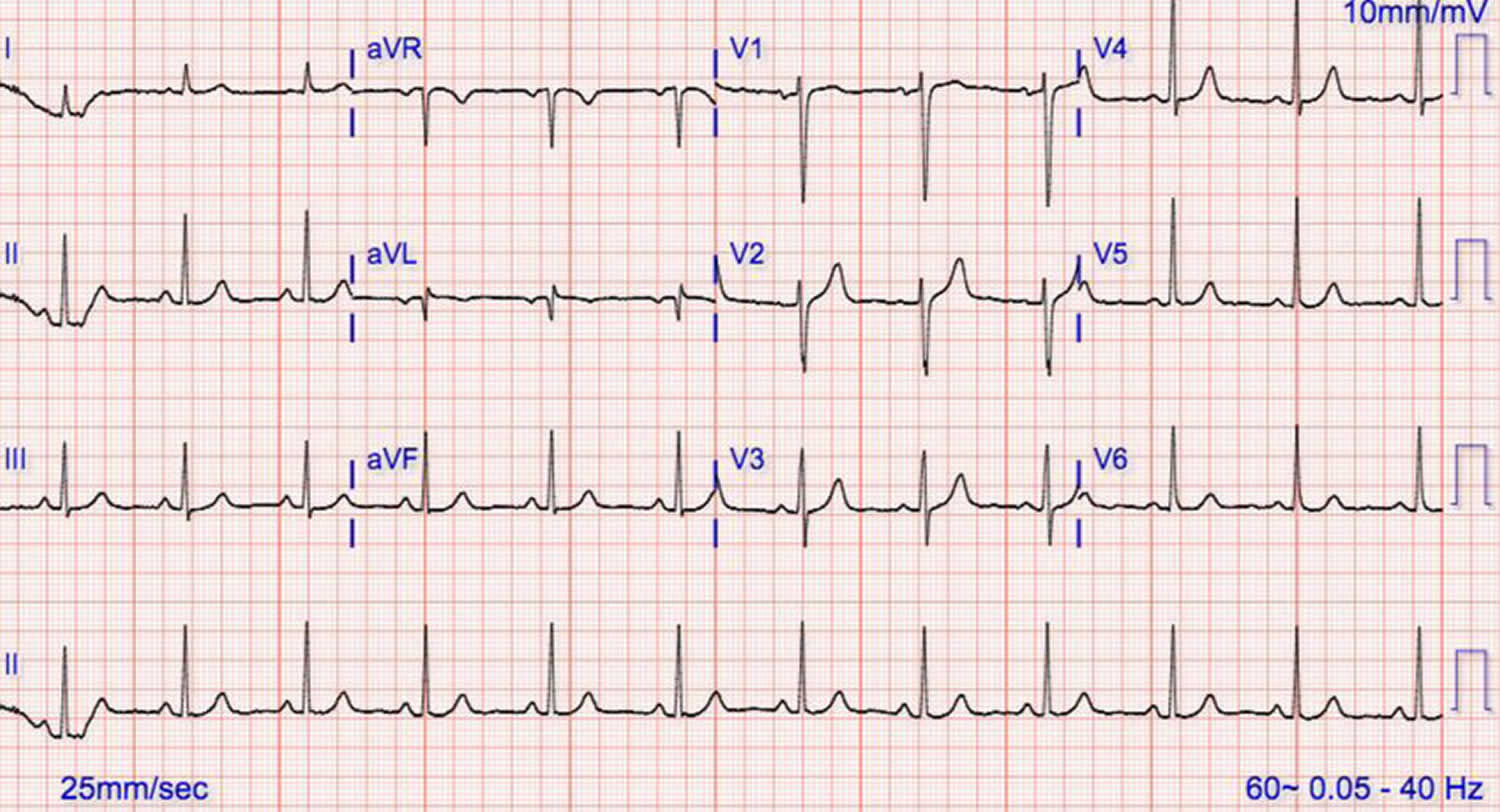



Sinus Rhythm Normal Sinus Rhythm Sick Sinus Rhythm




Examples Of Normal Heart Rhythm A And Commonly Occurring Ventricular Download Scientific Diagram
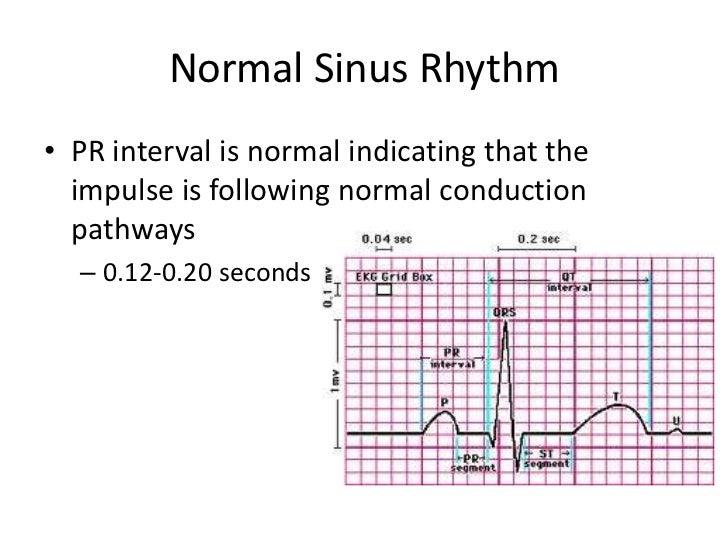



Normal Sinus Rhythm



The 12 Rhythms Of Christmas Sinus Tachycardia Ems 12 Lead




Cv Physiology Abnormal Rhythms Definitions
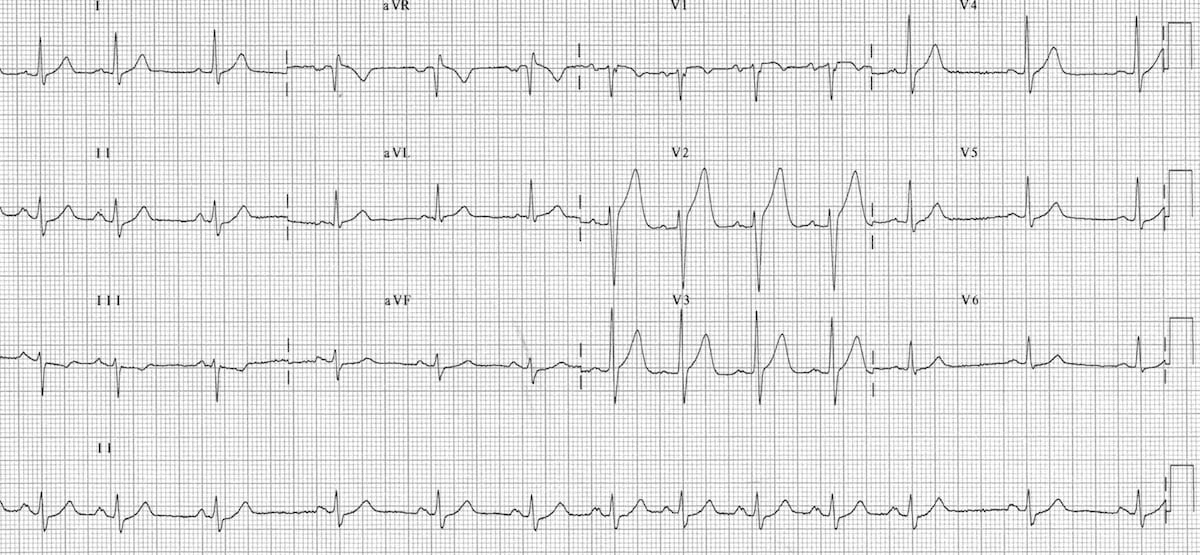



Sinus Arrhythmia Litfl Medical Blog Ecg Library Basics



Ecg A Pictorial Primer
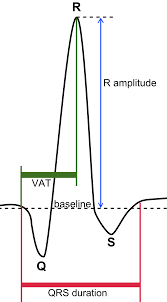



Electrocardiogram Physiopedia




Ecg Normal Sinus Rhythm Osmosis




Ecg Amboss
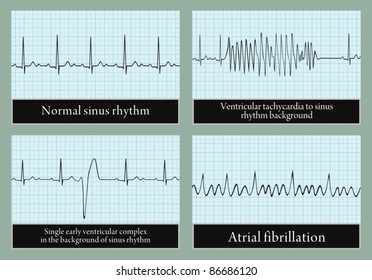



Sinus Rhythm High Res Stock Images Shutterstock



File 12 Lead Generated Sinus Rhythm Jpg Wikimedia Commons



Sinus Rhythm Wikipedia
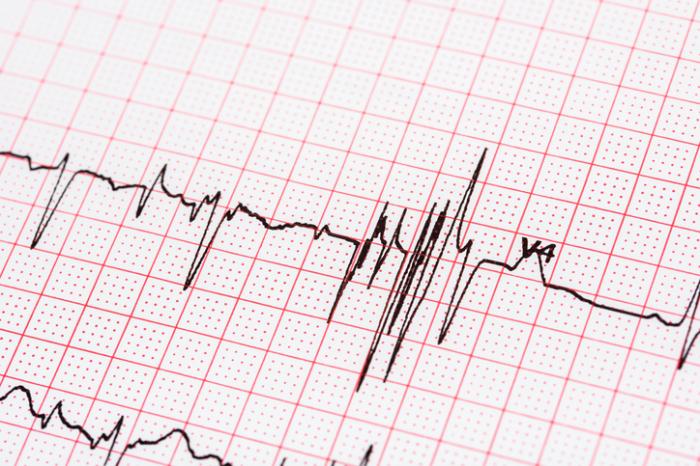



Ekg Results For A Fib Characteristics Types Symptoms And Treatment




19 The Basis Of Ecg Diagnosis




Ekg Showing Normal Sinus Rhythm Q Waves In The Inferior Wall Leads Download Scientific Diagram




Apple Watch Ecg App What Is It How Does It Work And Is It Accurate




What Is Sinus Rhythm What Does Sinus Rhythm Mean Sinus Rhythm Meaning Definition Explanation Youtube



Section 5 Sinus Rhythms
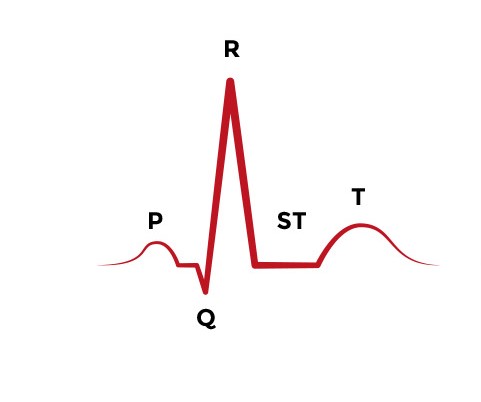



The Basics Of Ecg Acls Medical Training




Ecg Normal Sinus Rhythm Nsr Youtube




Sinus Arrhythmia Definition And Features




Normal Sinus Rhythm Ecg Emtprep Com Youtube
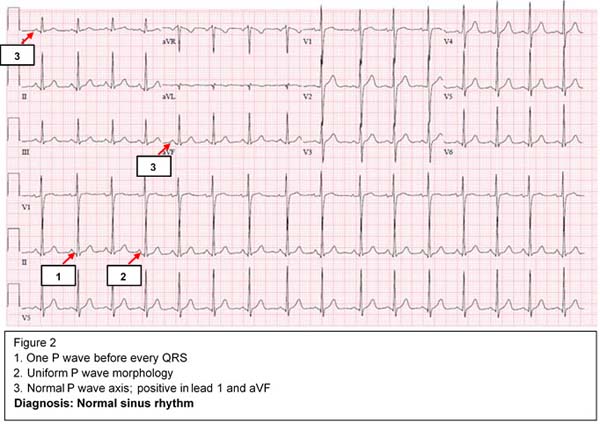



Ekg Interpretation
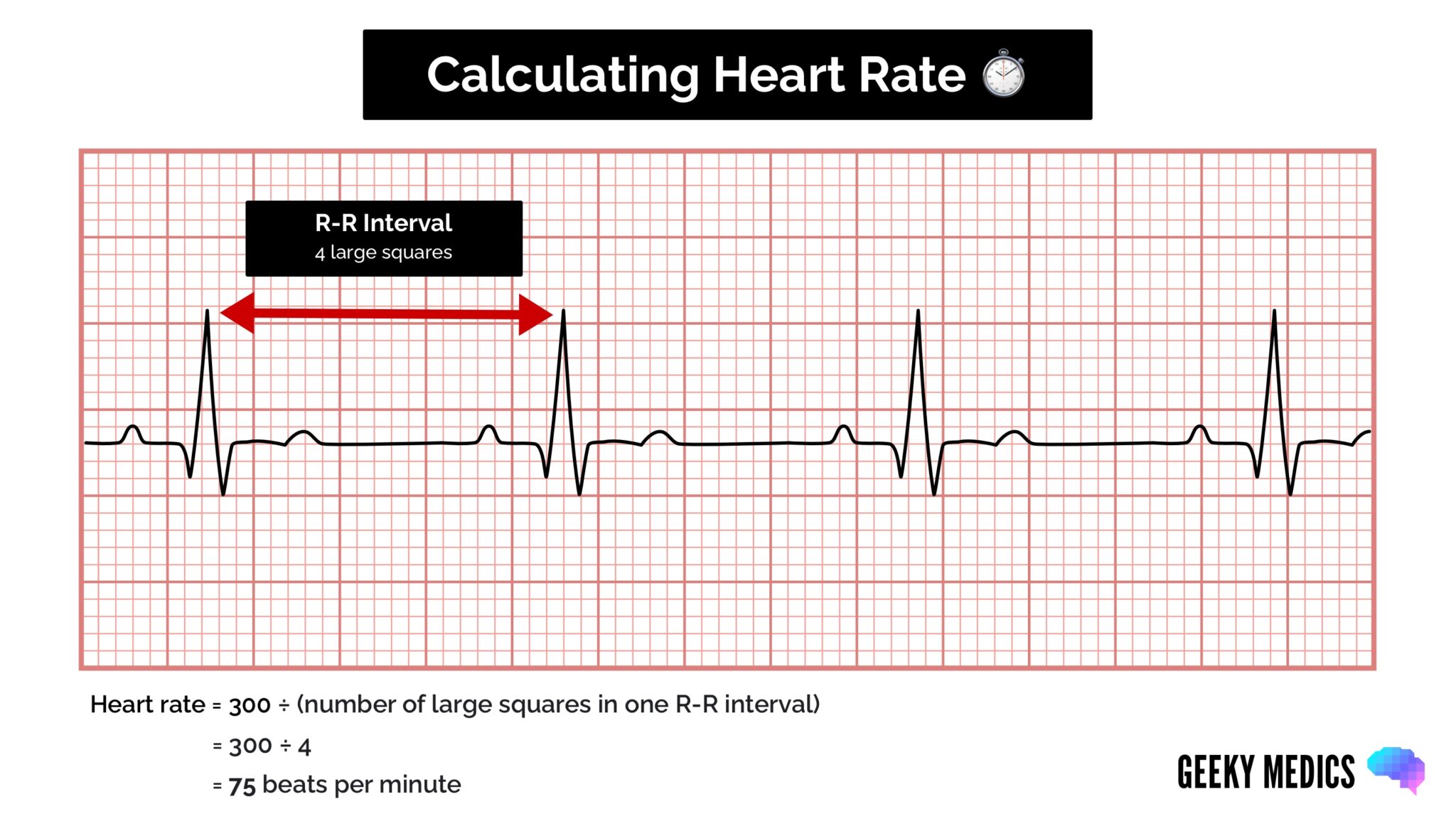



How To Read An Ecg Ecg Interpretation Ekg Geeky Medics
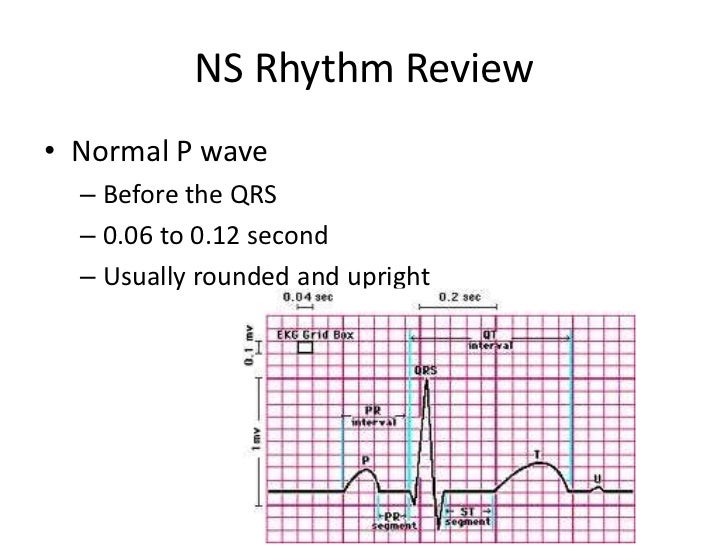



Normal Sinus Rhythm




Sinus Rhythms Lessons Quiz
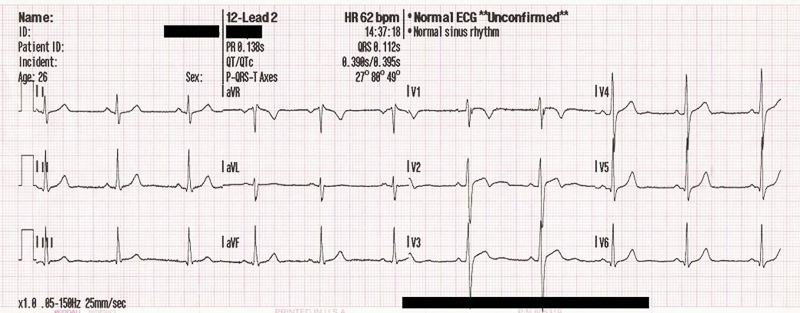



Ecg Definition And Synonyms Of Ecg In The English Dictionary
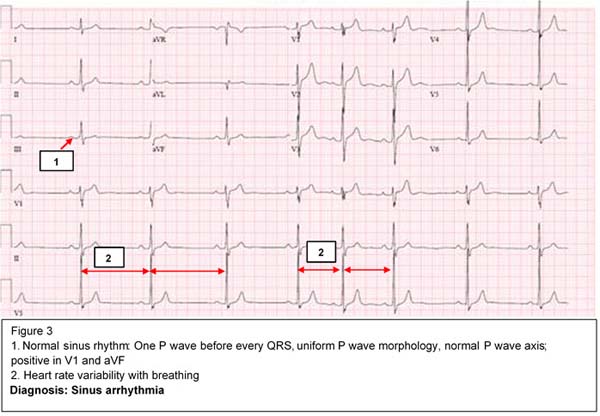



Ekg Interpretation




Pin On Ecg Teaching Resources
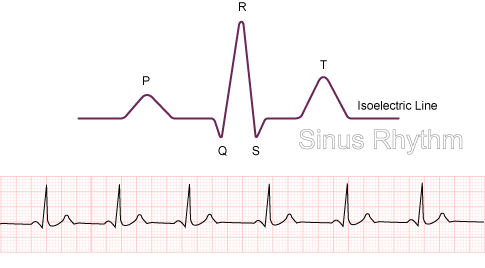



Sinus Rhythm Normal Function Of The Heart Cardiology Teaching Package Practice Learning Division Of Nursing The University Of Nottingham



Www Edu Content Dam Files Schools Son Sites Npconference Pdf W 2 Sevigny Basic ecg Pdf




Ecg Amboss




6 Atrial Flutter Treatment Symptoms Ecg Serious Vs Afib




Pin On Life As A Student Nurse




Sinus Rhythms Medictests




Normal Sinus Rhythm An Overview Sciencedirect Topics




E A Baseline Ecg Showing Normal Sinus Rhythm And Intra Ventricular Download Scientific Diagram




Sinus Rhythm An Overview Sciencedirect Topics
/GettyImages-139820244-56a471823df78cf772826b4f.jpg)



What Is Normal Sinus Rhythm




Ekg Normal Sinus Rythms Sinus Bradycardia More Leveluprn



Q Tbn And9gcqts24zy8 O4ata1y1l95dt16bmfklbcgfih0gkrhxza2ulzs Y Usqp Cau




Ekg Interpretation
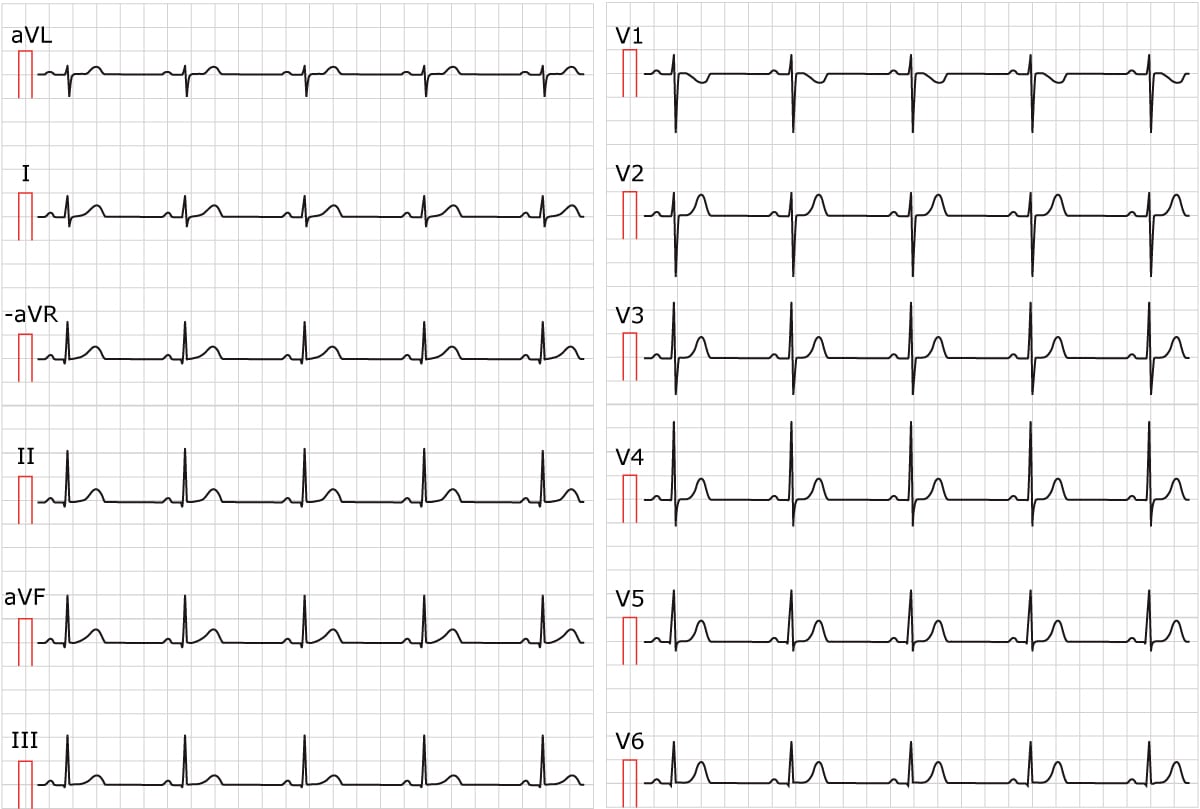



Sinus Rhythm Physiology Ecg Criteria Clinical Implications Ecg Echo


コメント
コメントを投稿